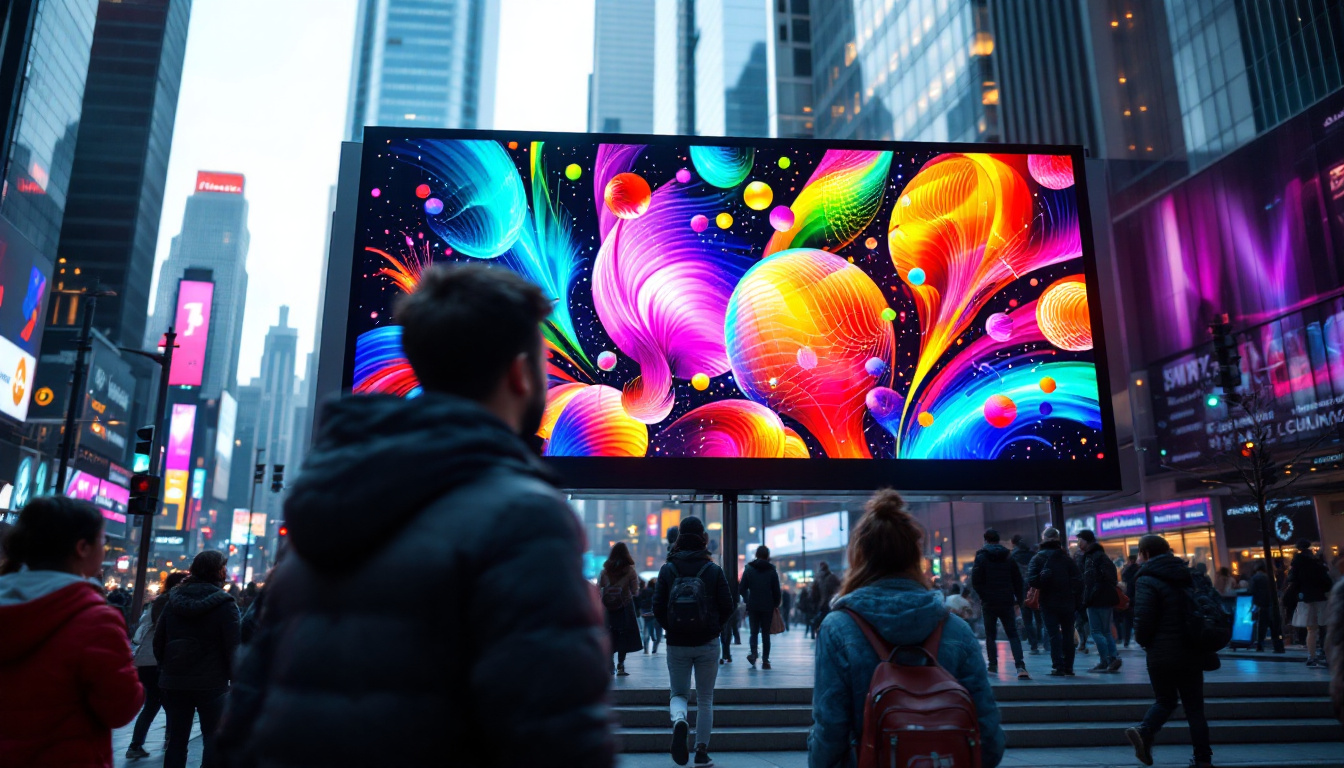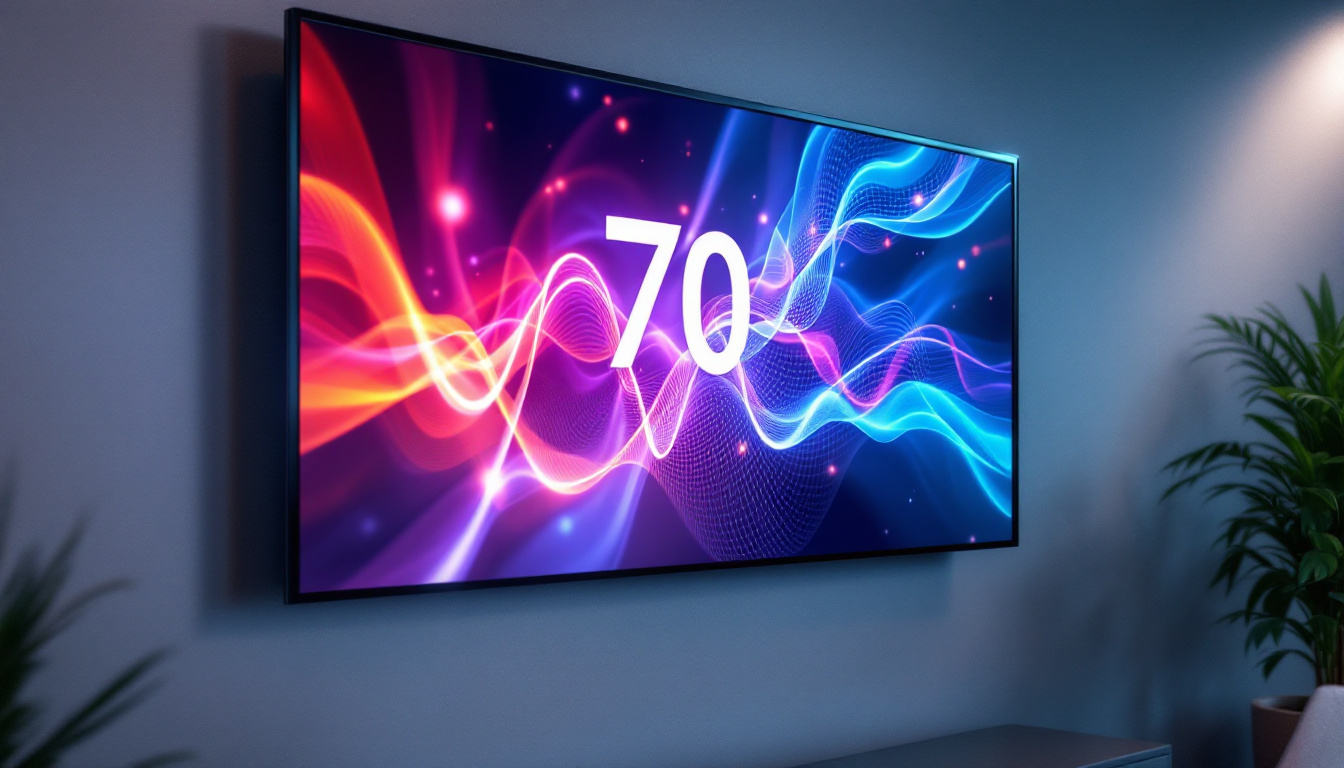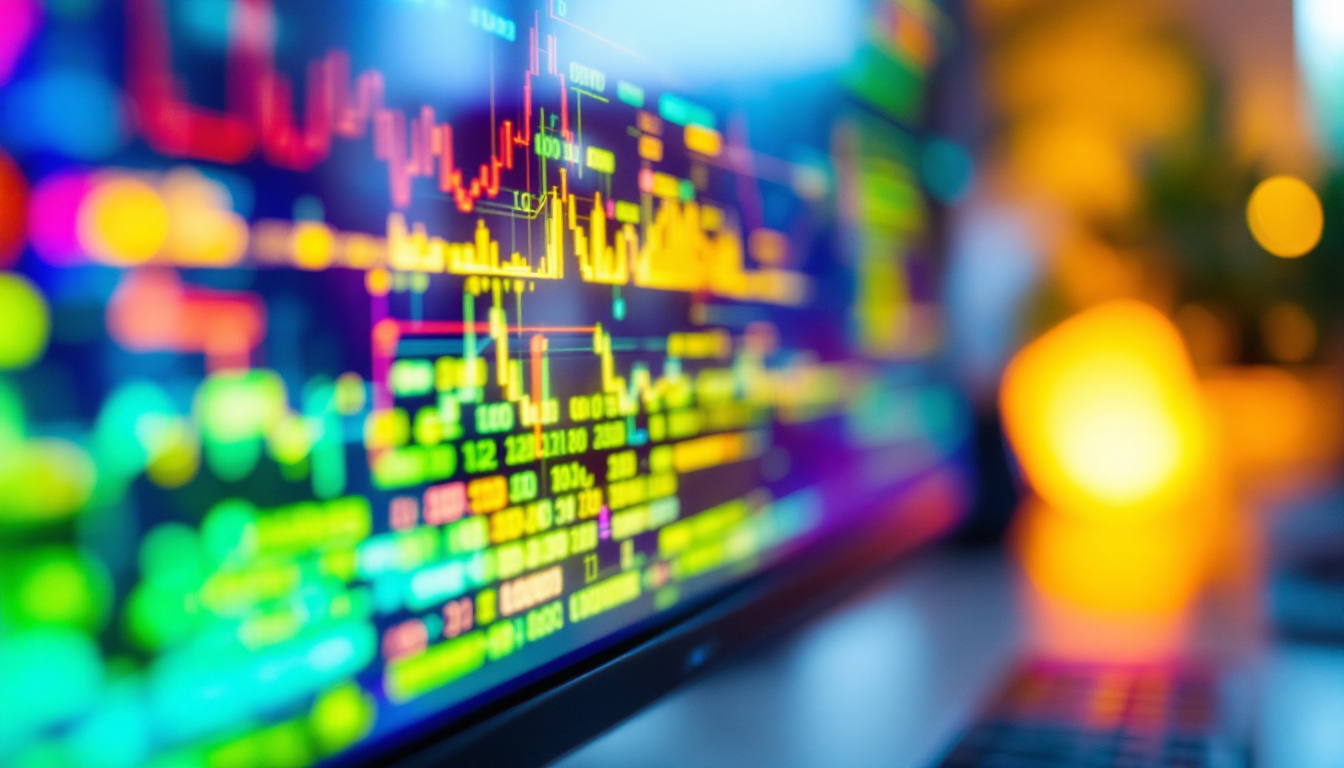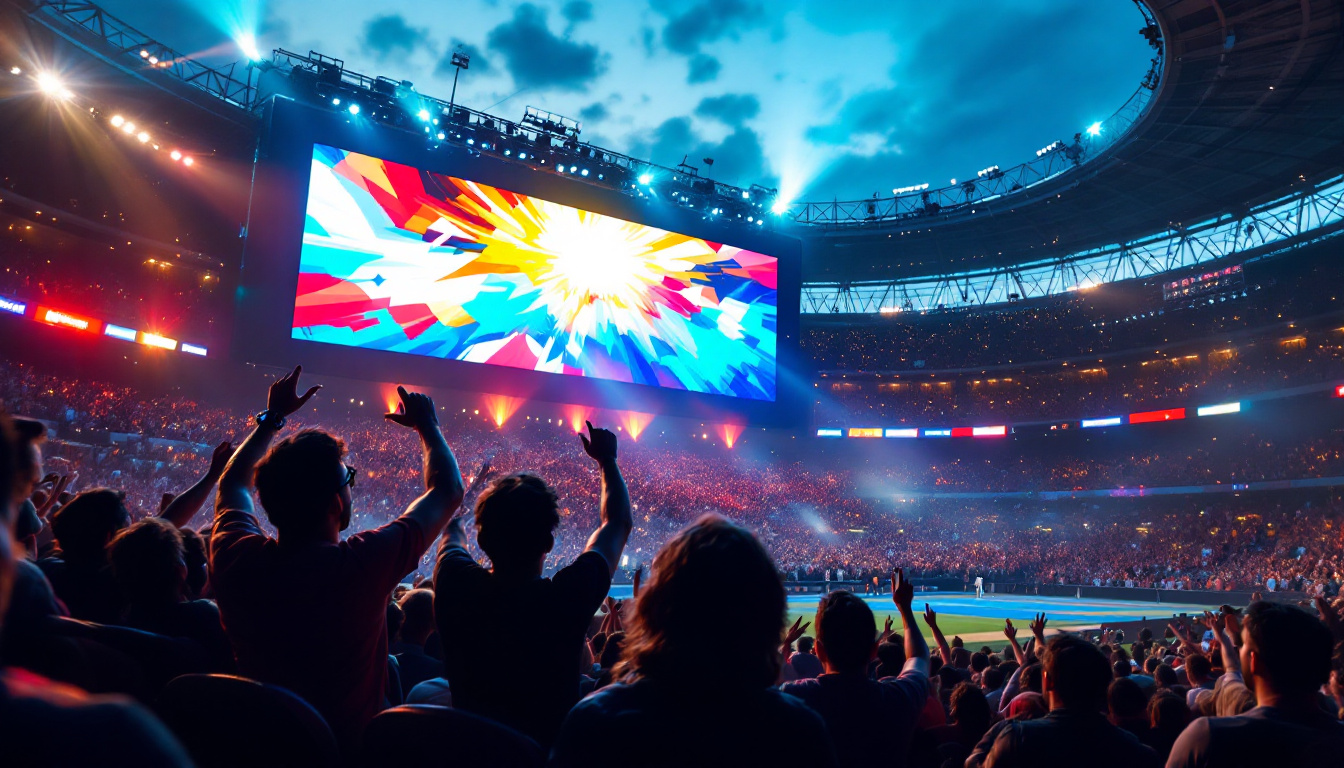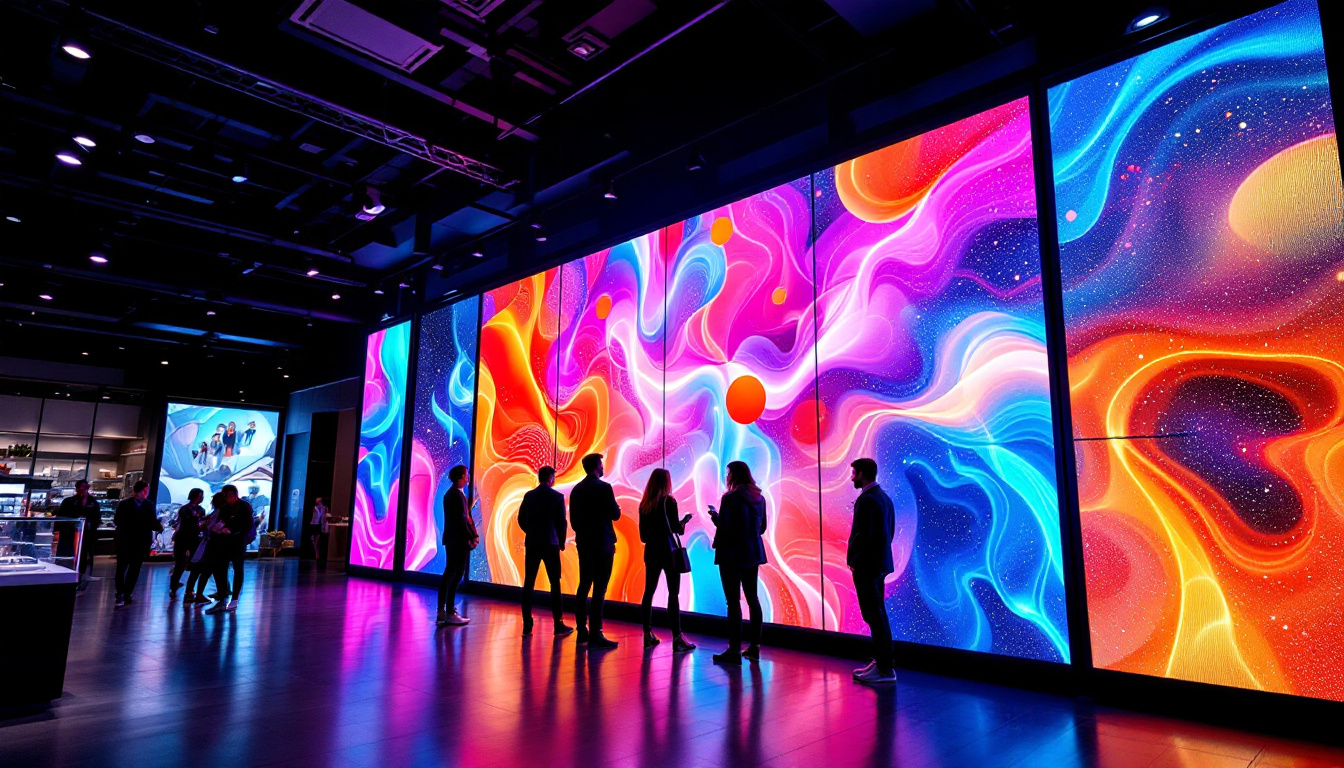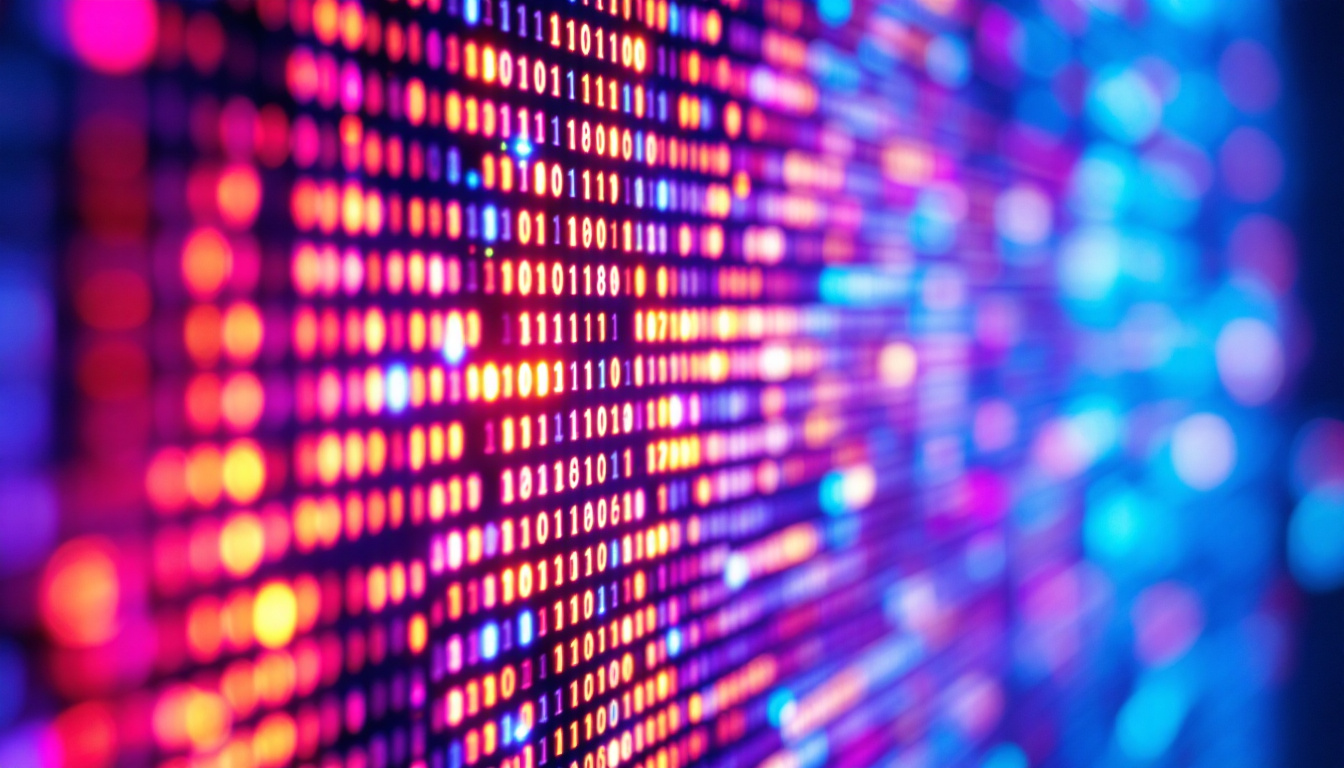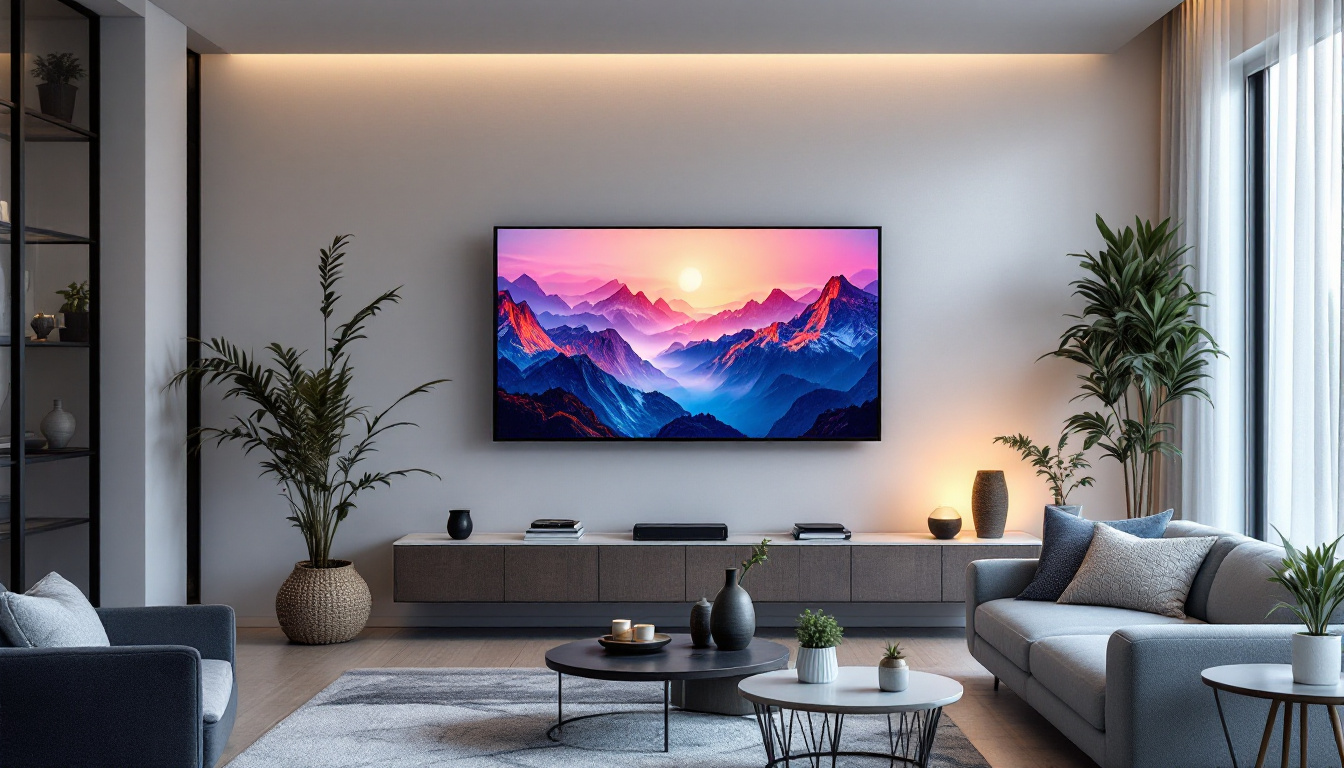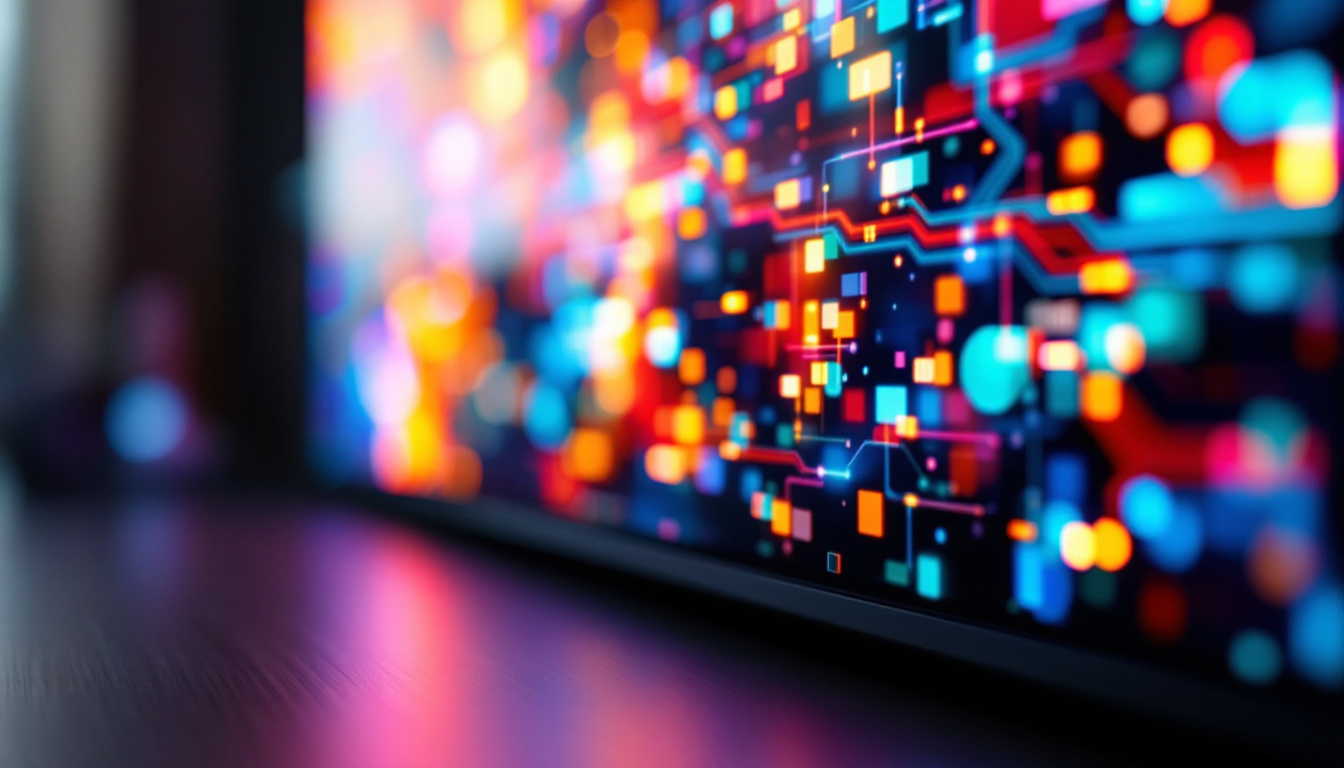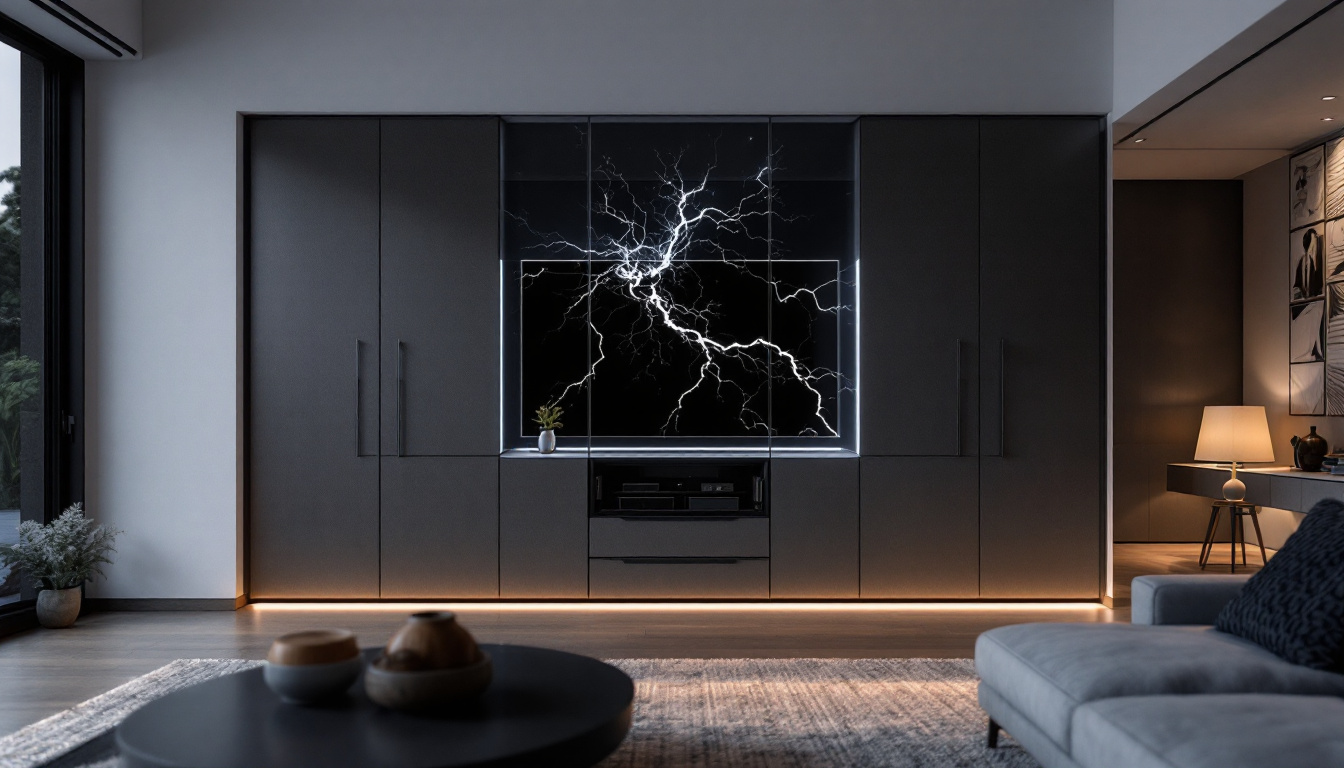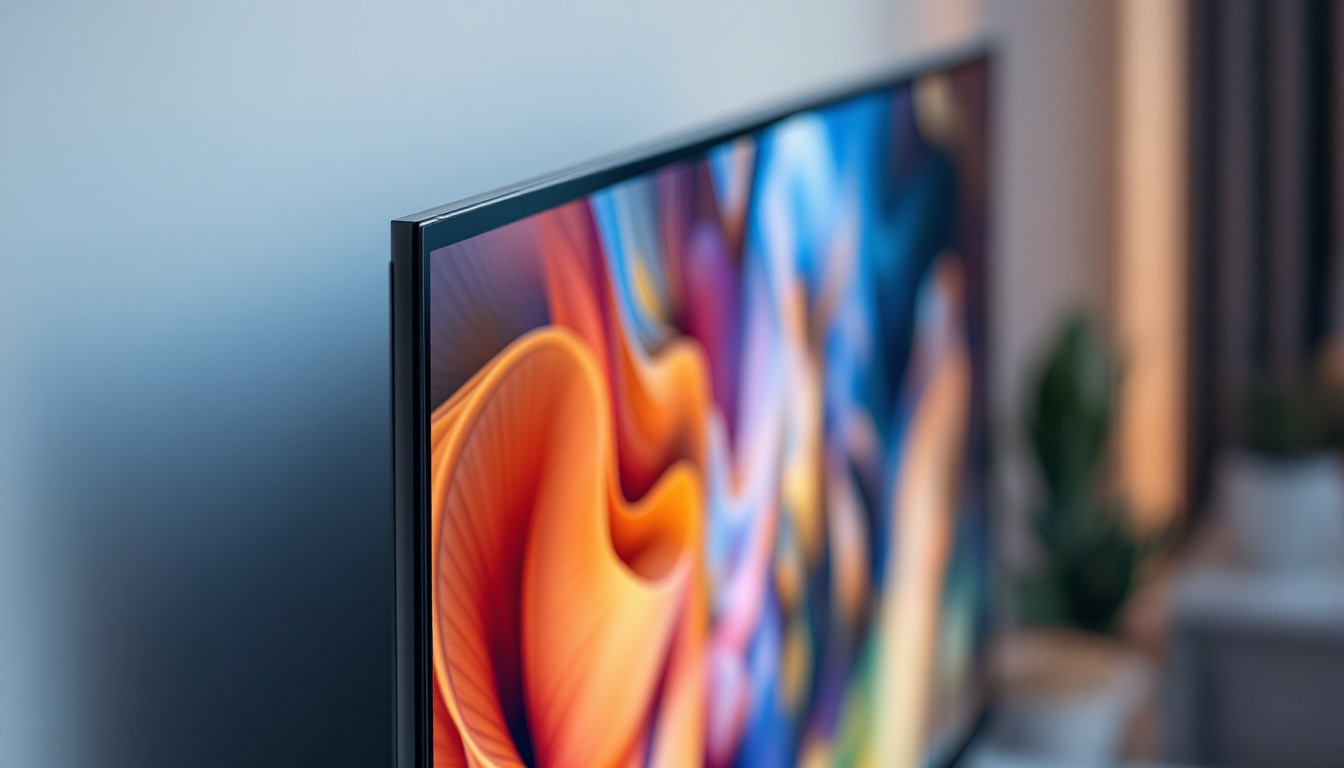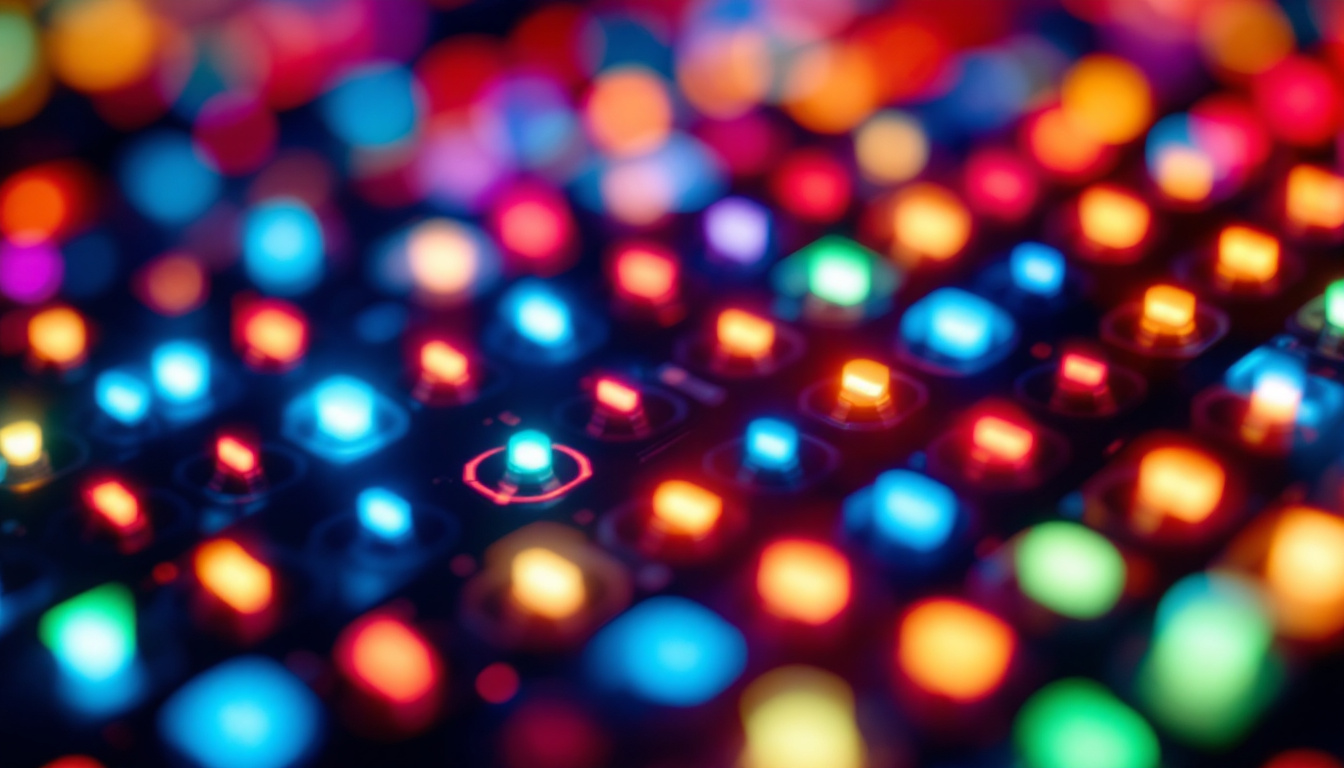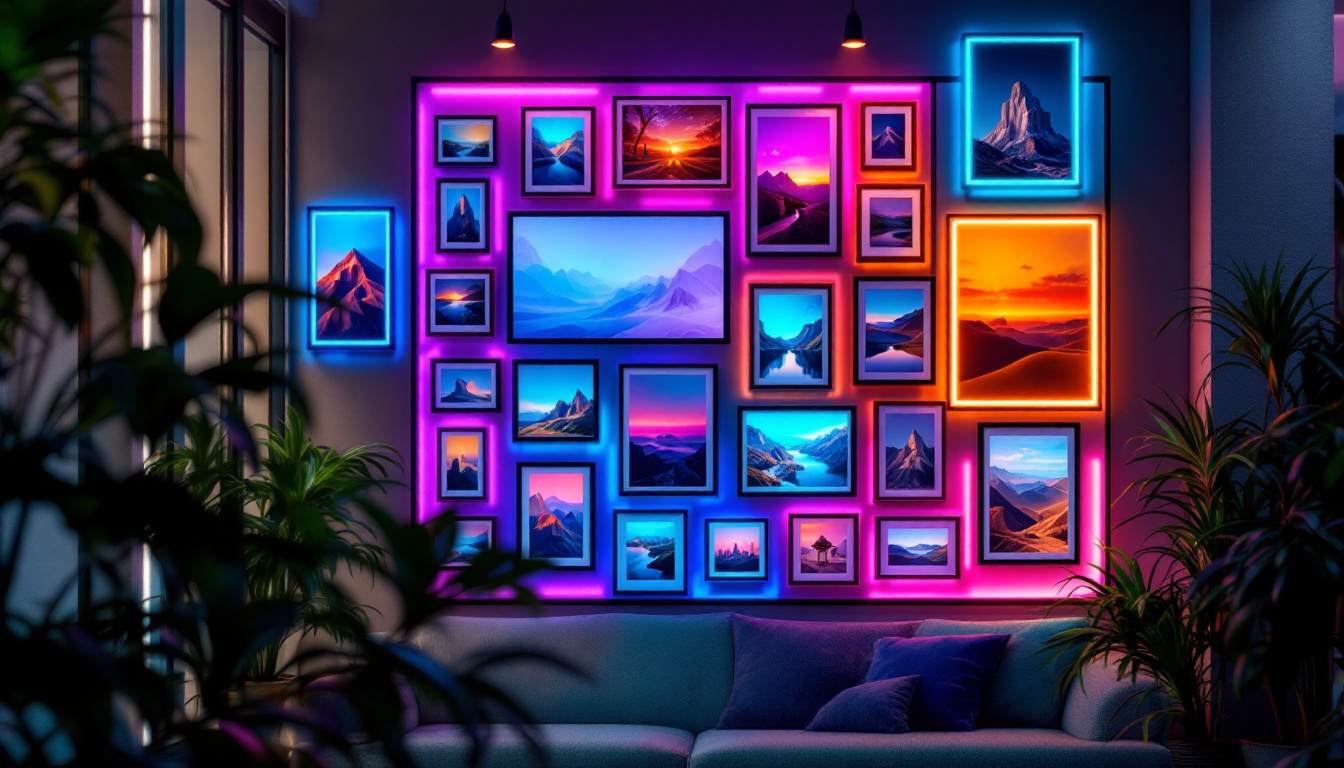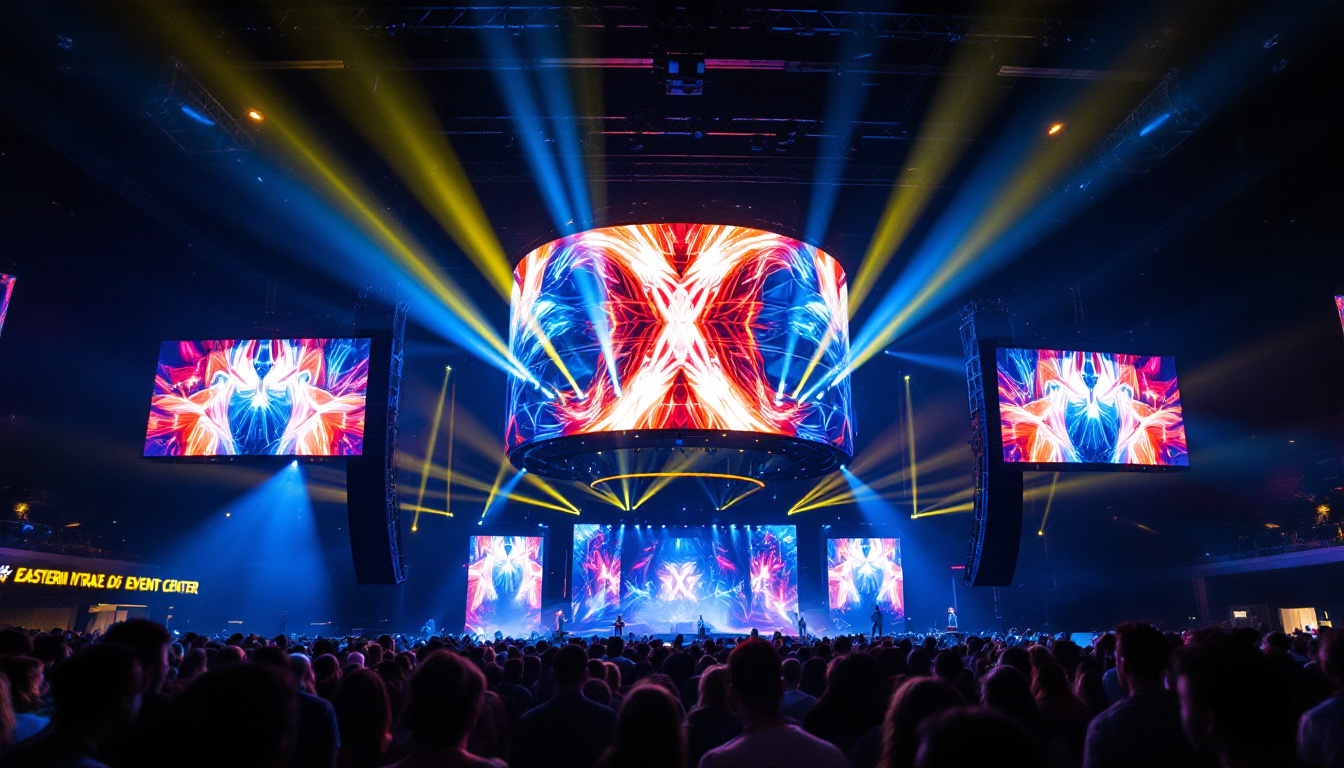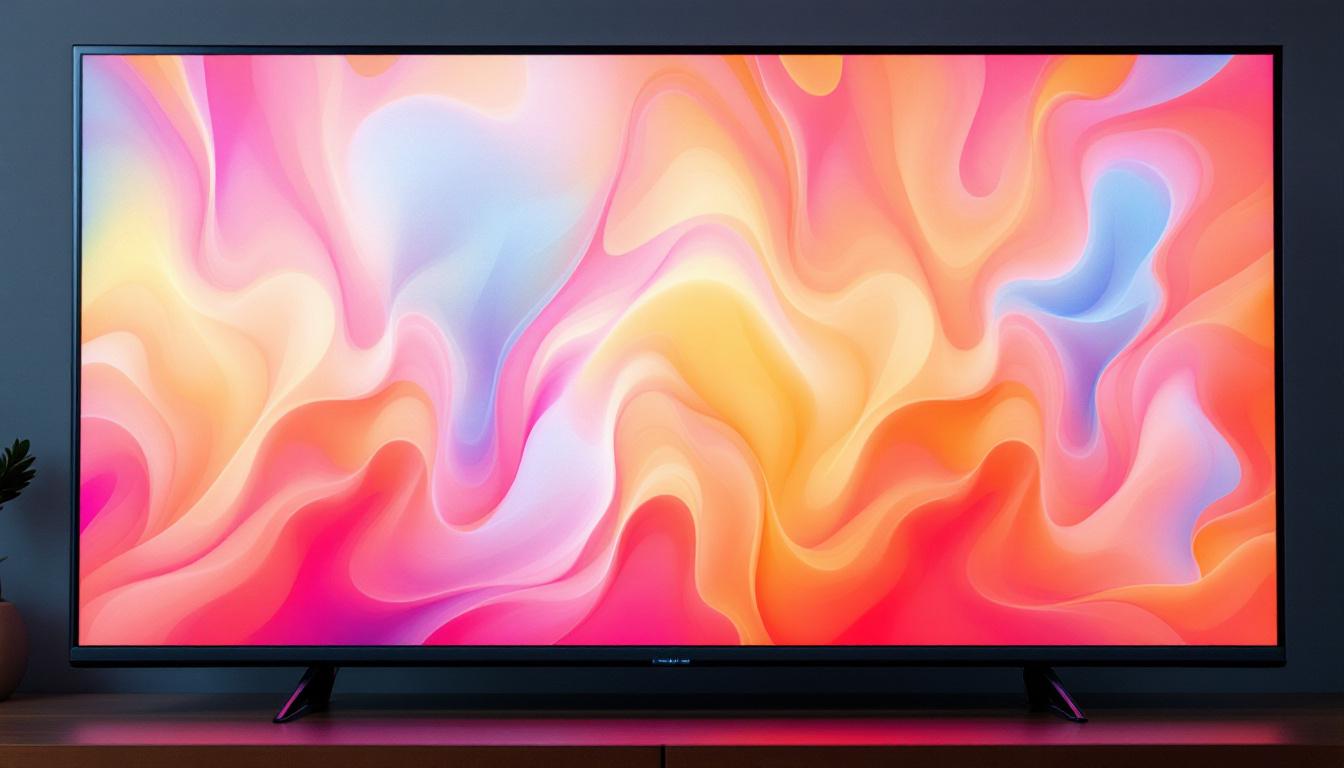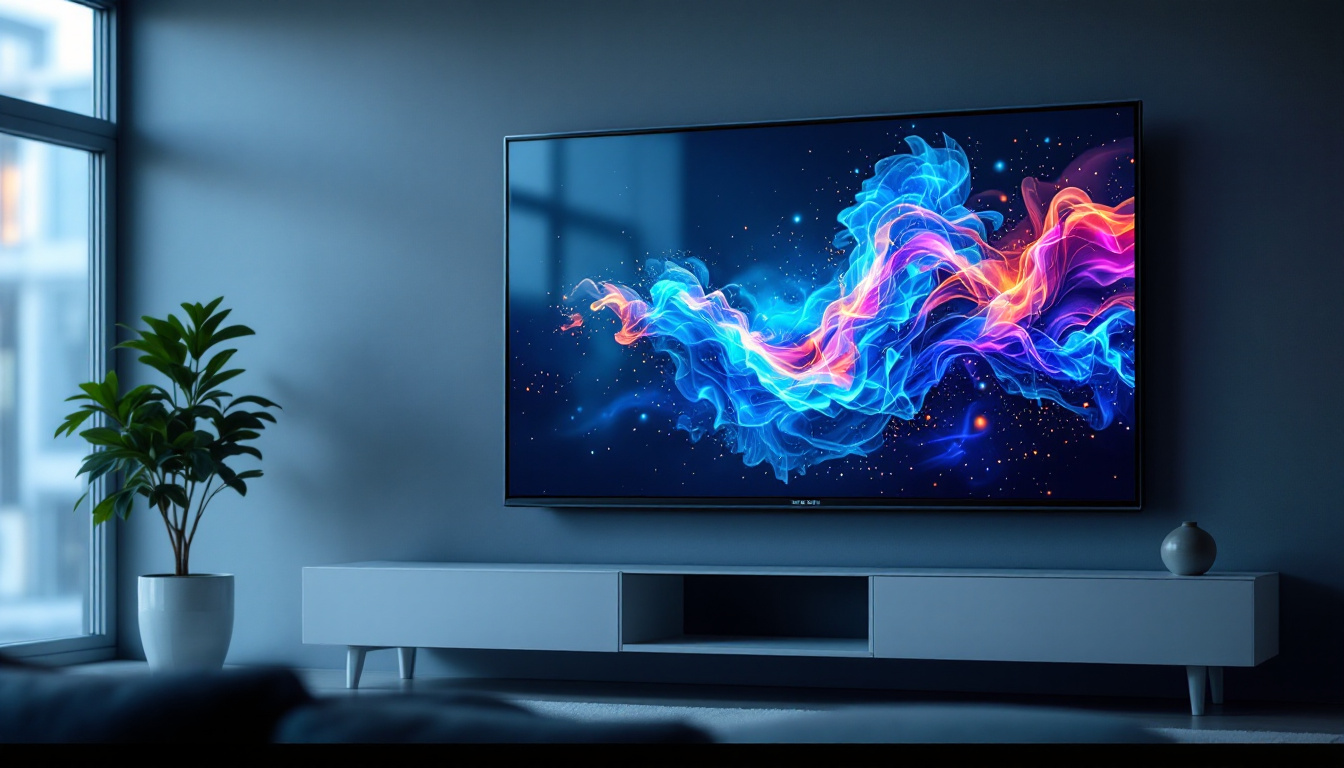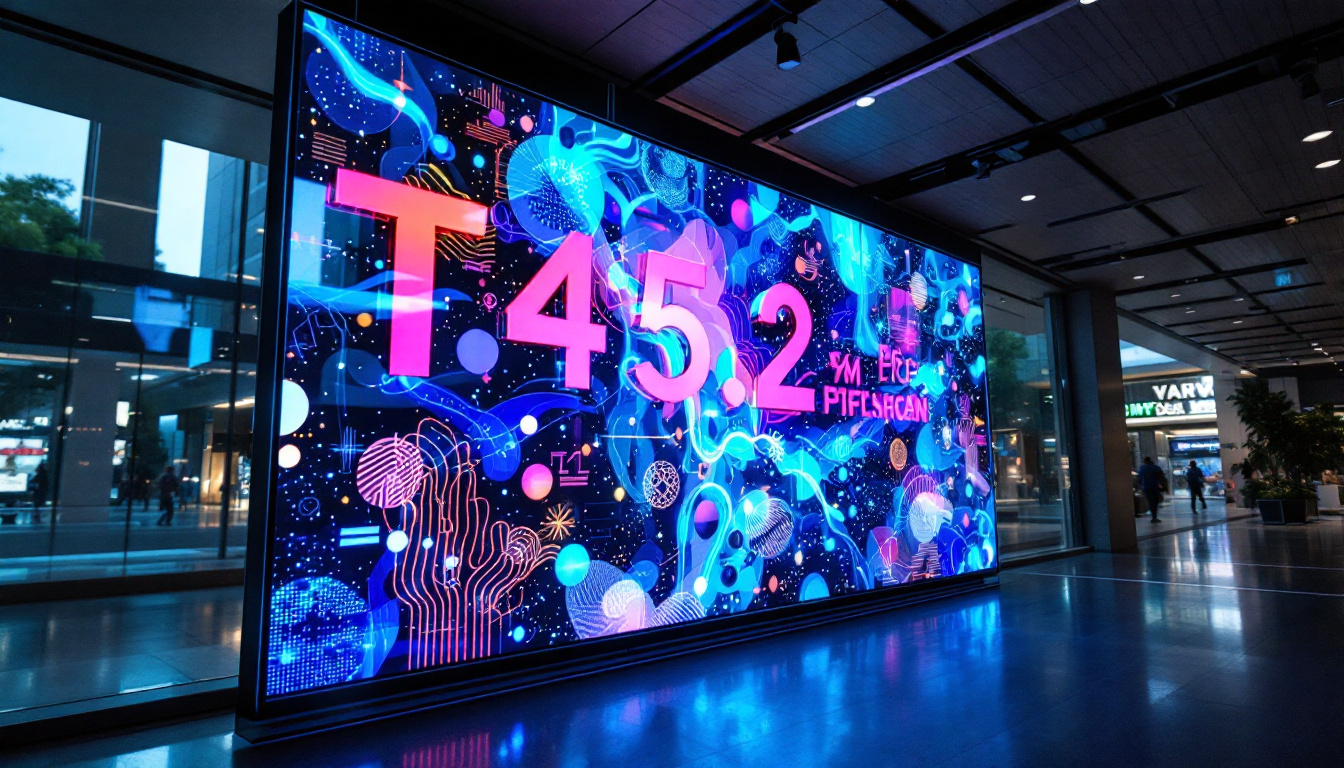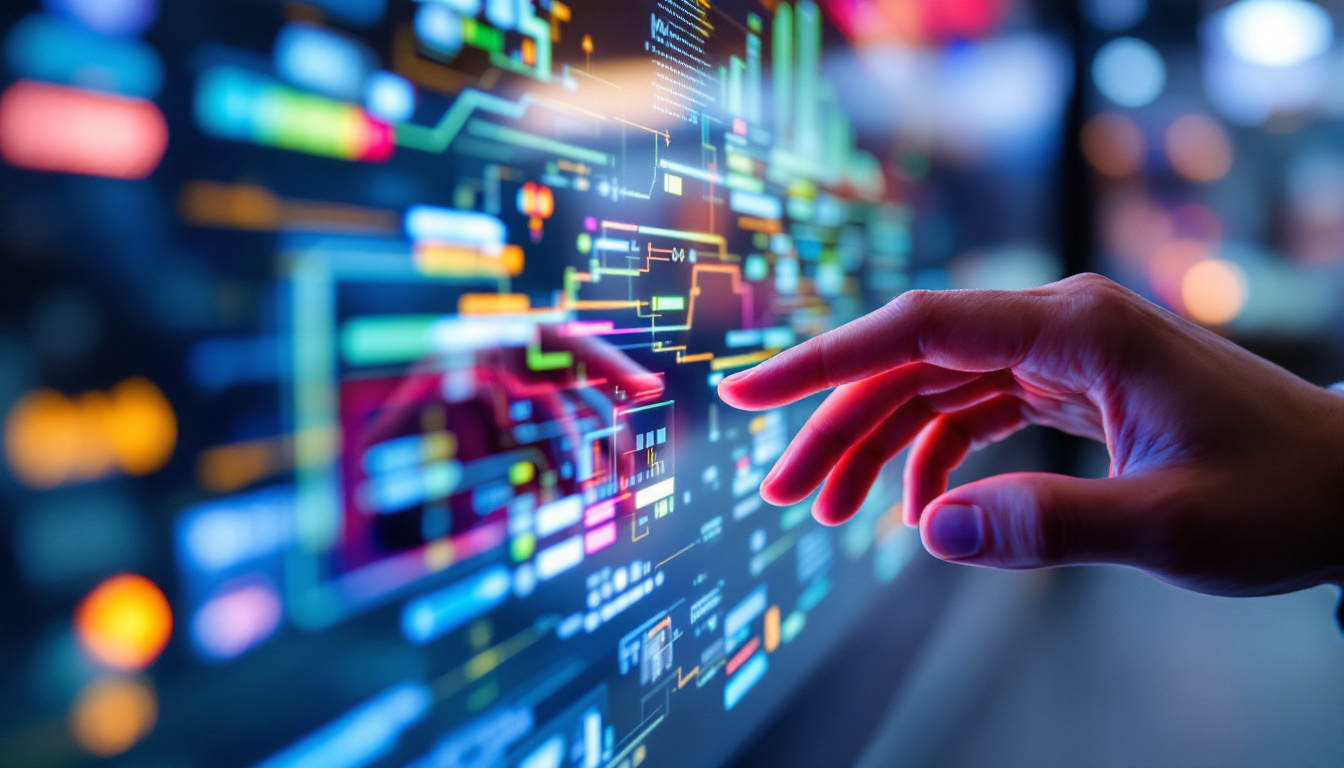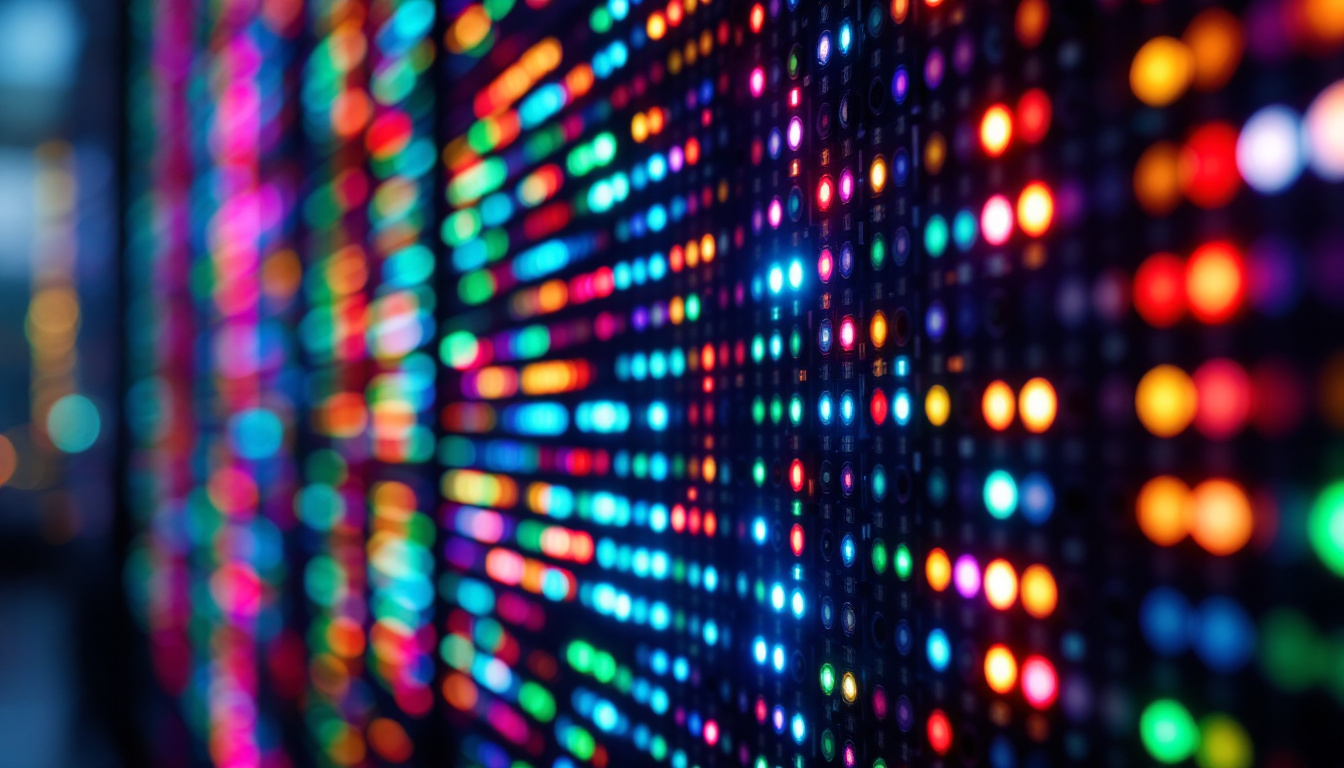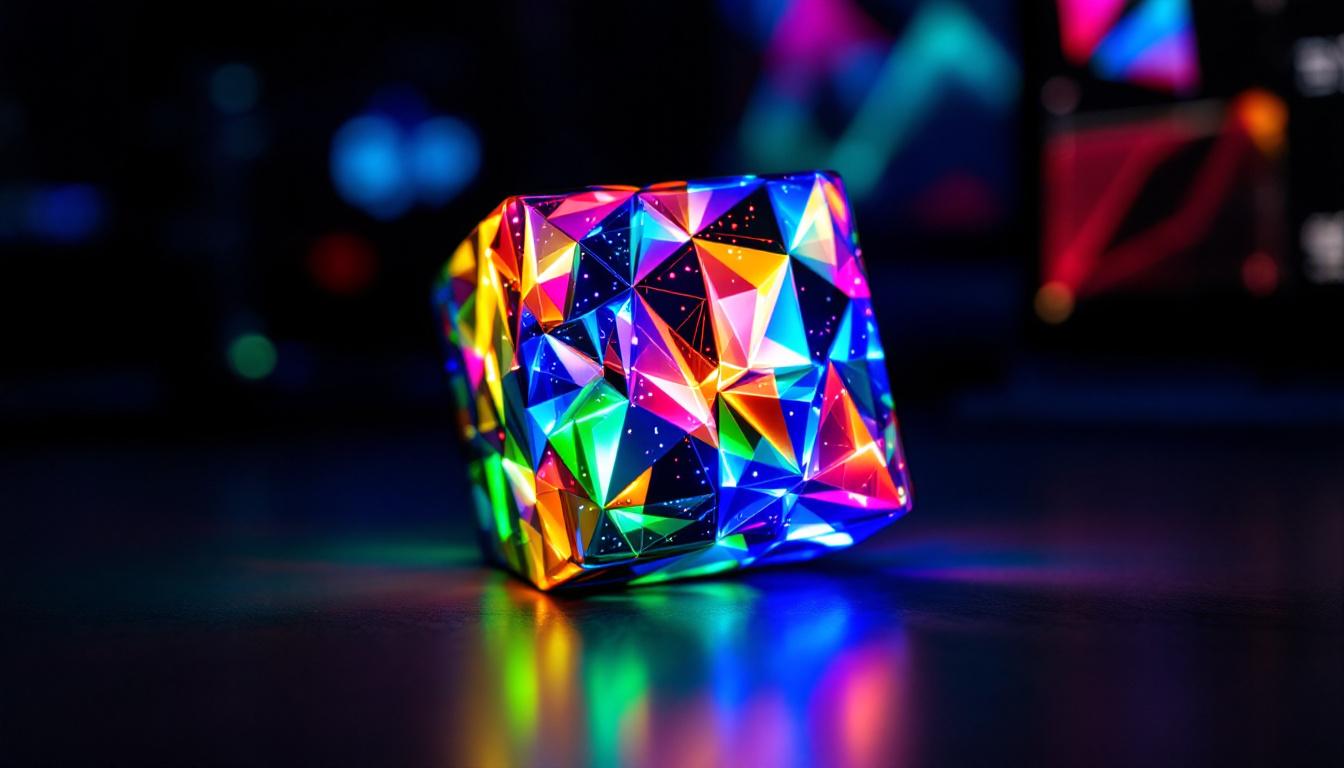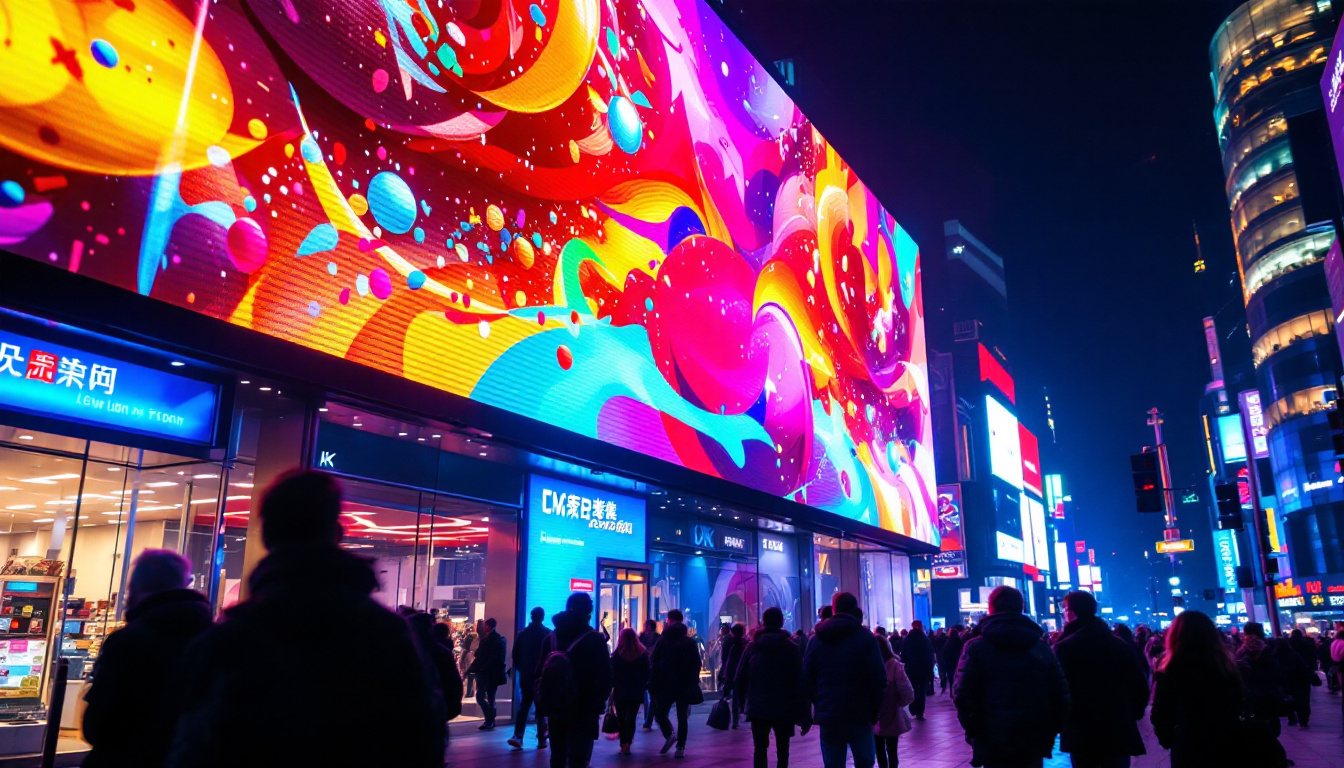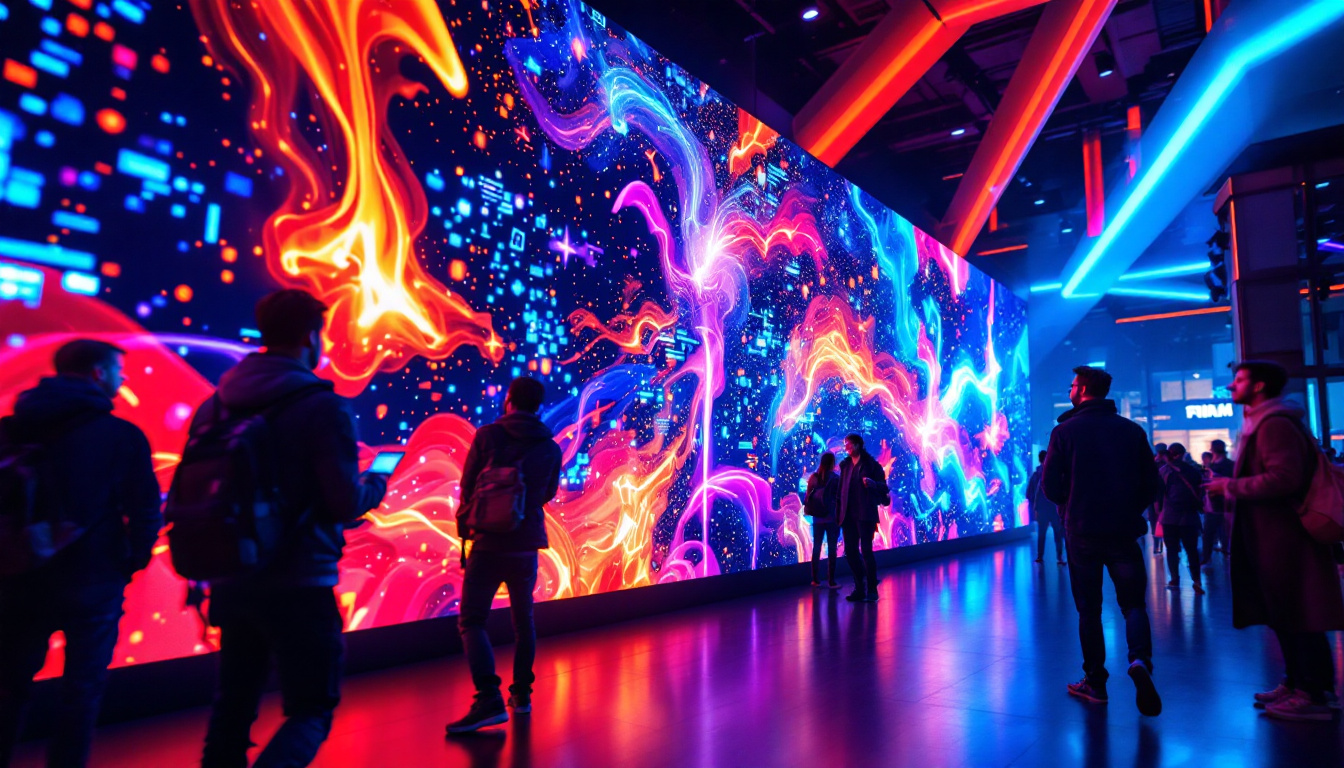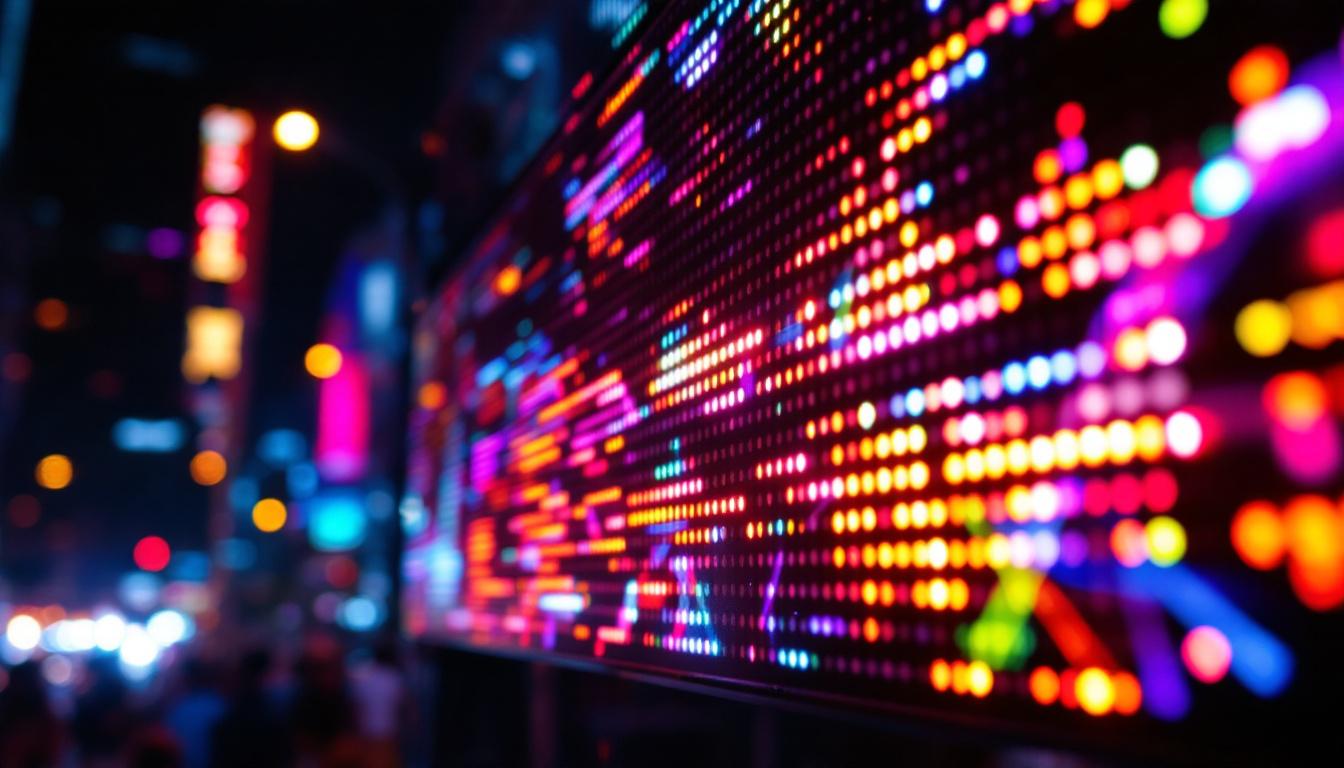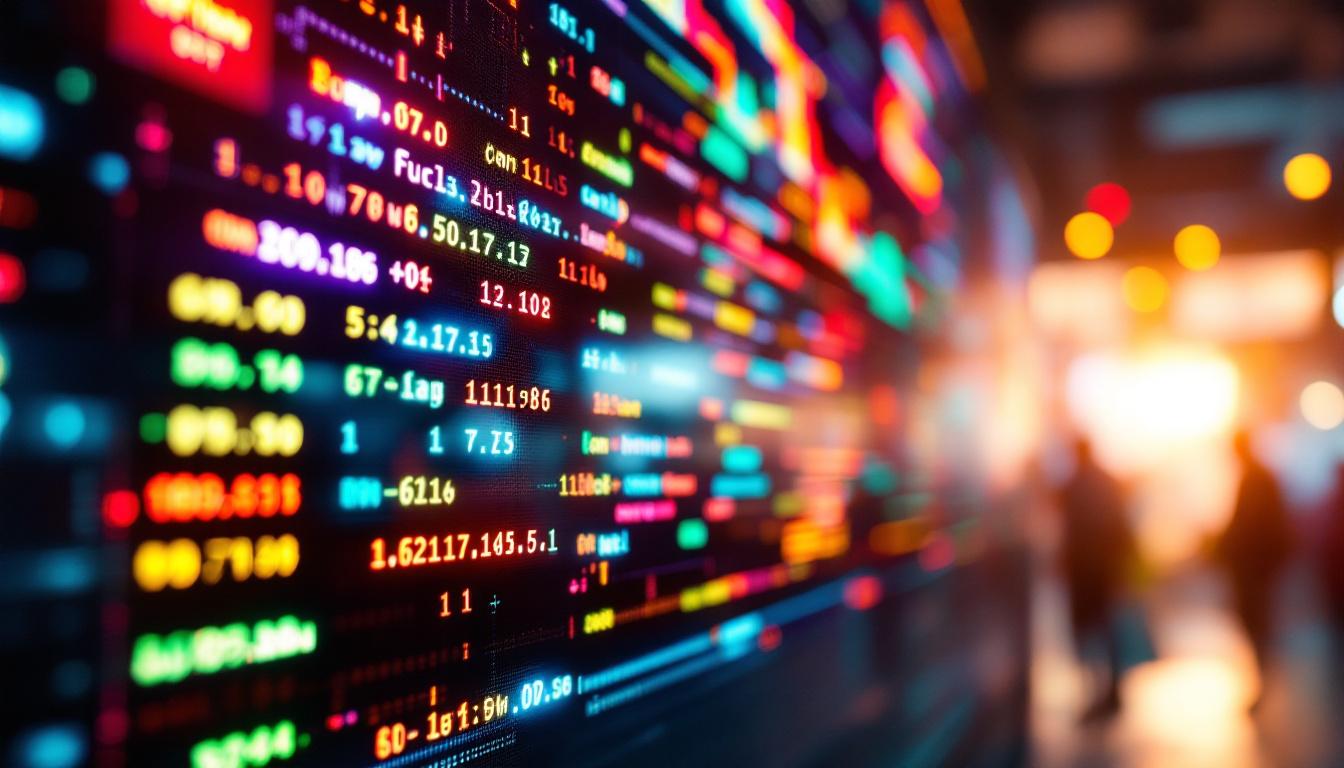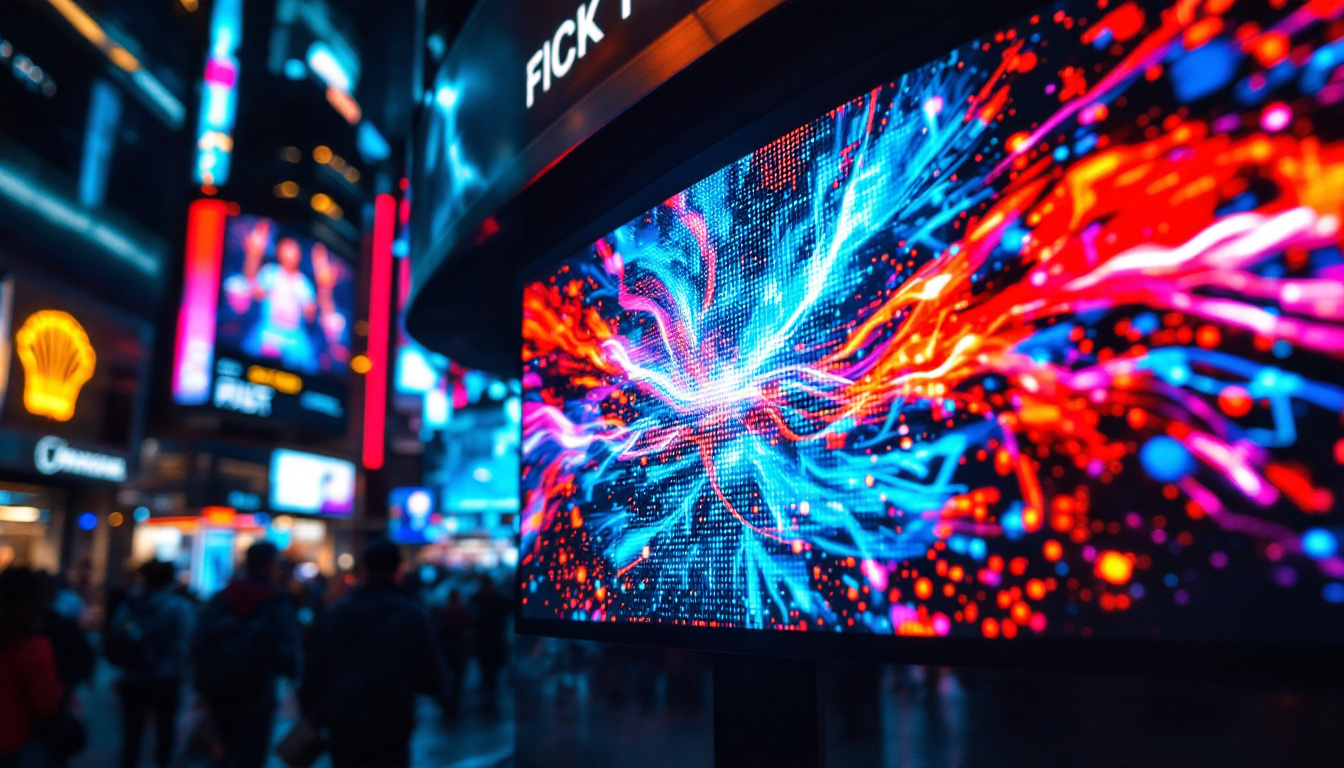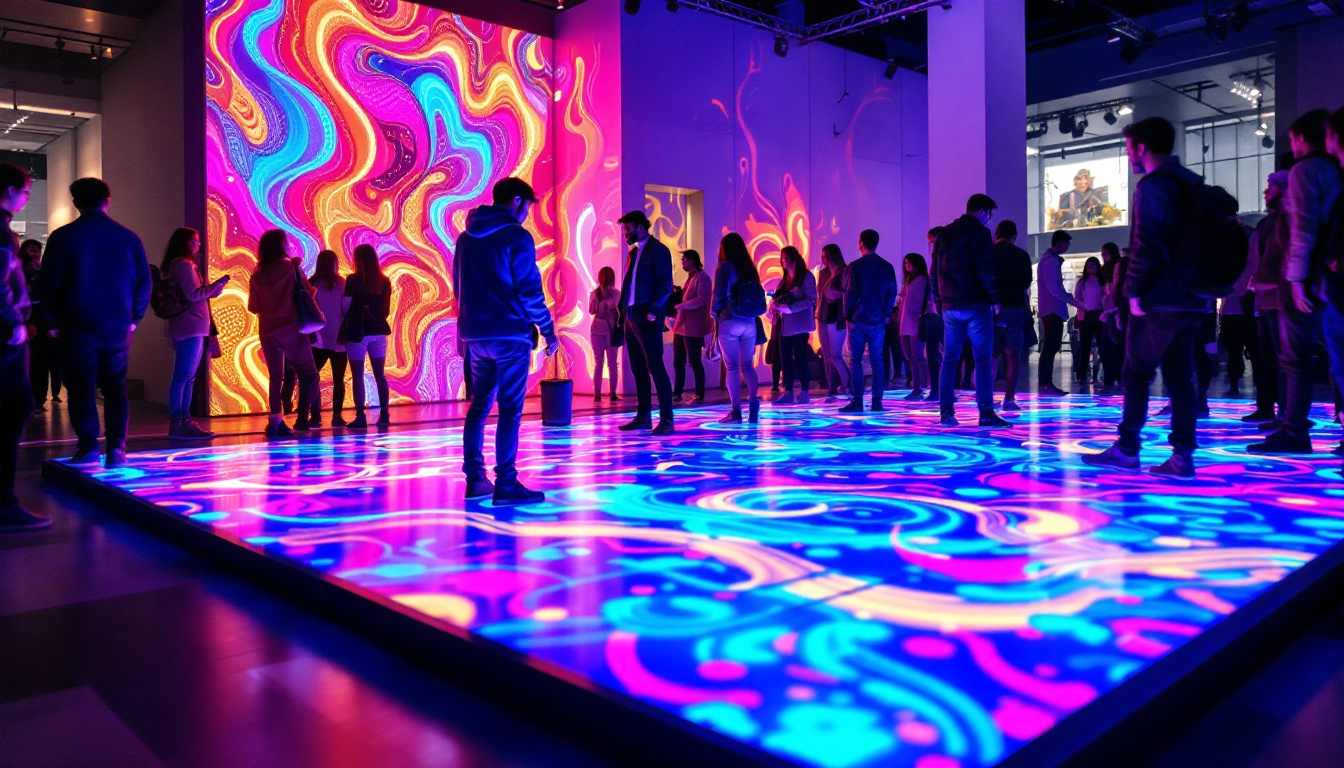In today’s fast-paced digital world, LED displays have become an integral part of our daily lives. From advertising billboards to indoor screens in sports arenas, the versatility and efficiency of LED technology have revolutionized the way information is presented. This article delves into the intricacies of LED displays, exploring their components, functionality, and the advanced supply systems that power them.
Understanding LED Displays
LED displays are a type of flat panel display that uses light-emitting diodes (LEDs) as pixels. They are known for their vibrant colors, high brightness, and energy efficiency. The technology behind LED displays has evolved significantly, leading to various types and applications that cater to different needs.
Types of LED Displays
There are several types of LED displays, each designed for specific applications. The most common types include:
- Direct View LED Displays: These displays consist of individual LEDs that form the entire screen. They are often used for large outdoor billboards and video walls due to their high brightness and visibility from a distance.
- LED Backlit Displays: In these displays, LEDs are used as a backlight for LCD screens. This technology enhances color accuracy and contrast, making it popular for televisions and computer monitors.
- Organic LED (OLED) Displays: OLEDs use organic compounds that emit light when an electric current is applied. They offer superior color reproduction and contrast ratios, making them ideal for high-end televisions and mobile devices.
How LED Displays Work
At the core of an LED display are the individual LEDs, which are grouped together to form pixels. Each pixel can produce a range of colors by combining red, green, and blue (RGB) light. When these colors are mixed in different intensities, they create the full spectrum of colors that the human eye can perceive.
The display is controlled by a driver circuit that regulates the power supplied to each LED. This allows for precise control over brightness and color, enabling the display to render images and videos with stunning clarity. The driver circuit also communicates with a video processor, which converts incoming signals into a format that can be displayed on the screen.
The Role of Advanced LED Supply Systems
To ensure optimal performance and longevity, LED displays require advanced supply systems that provide reliable power and control. These systems are crucial for maintaining the quality of the display and ensuring consistent operation, especially in demanding environments.
Power Supply Units (PSUs)
Power supply units are essential components of LED display systems. They convert the alternating current (AC) from the mains supply into the direct current (DC) needed to power the LEDs. A high-quality PSU will provide stable voltage and current, minimizing the risk of flickering or color inconsistencies.
Advanced PSUs also incorporate features such as over-voltage protection, short-circuit protection, and thermal management. These safety features are vital for preventing damage to the display and ensuring a longer lifespan. Additionally, some PSUs are designed to be energy-efficient, reducing overall power consumption and operational costs.
Control Systems
The control system of an LED display manages how content is displayed on the screen. It includes hardware and software components that work together to process incoming signals and control the LED drivers. Advanced control systems can handle multiple input sources, allowing for seamless integration of video feeds, graphics, and animations.
Modern control systems often feature user-friendly interfaces that enable operators to customize display settings easily. This includes adjusting brightness, contrast, and color balance, as well as scheduling content to be displayed at specific times. Some systems even allow for remote management, providing flexibility and convenience for operators.
Applications of LED Displays
LED displays are used across a wide range of industries, each benefiting from the unique advantages of this technology. Their adaptability makes them suitable for various applications, from advertising to entertainment and beyond.
Advertising and Marketing
One of the most prominent applications of LED displays is in advertising. Businesses utilize large outdoor LED screens to capture attention and convey messages effectively. The bright colors and dynamic content can engage passersby, making them an ideal choice for promotional campaigns.
In addition to traditional billboards, LED displays are also used in retail environments. digital signage can showcase products, promotions, and brand messaging, enhancing the shopping experience and driving sales. The ability to update content in real-time allows businesses to respond quickly to market trends and consumer behavior.
Entertainment and Events
LED displays have transformed the entertainment industry, particularly in live events and concerts. Large video walls provide immersive experiences for audiences, displaying high-resolution visuals that enhance performances. From music festivals to sports events, LED technology plays a crucial role in engaging viewers.
Moreover, LED displays are commonly used in theaters and cinemas to create captivating backdrops and visual effects. Their ability to produce bright, vibrant colors ensures that every detail is visible, enhancing the overall experience for the audience.
Transportation and Public Information
In the transportation sector, LED displays are used for various purposes, including information boards at airports and train stations. These displays provide real-time updates on schedules, delays, and other important announcements, ensuring that passengers stay informed.
Additionally, LED displays are employed in traffic management systems to convey vital information to drivers. Variable message signs can alert motorists to road conditions, accidents, or detours, improving safety and traffic flow.
Benefits of LED Displays
The advantages of LED displays extend beyond their visual appeal. They offer numerous benefits that contribute to their growing popularity across various sectors.
Energy Efficiency
One of the most significant benefits of LED technology is its energy efficiency. LED displays consume significantly less power compared to traditional display technologies, such as incandescent or fluorescent lights. This not only reduces operational costs but also minimizes the environmental impact.
Many modern LED displays are designed with energy-saving features, such as automatic brightness adjustment based on ambient light conditions. This ensures that the display operates at optimal efficiency while maintaining image quality.
Longevity and Durability
LED displays are known for their longevity, often lasting tens of thousands of hours before requiring replacement. This durability makes them a cost-effective investment for businesses and organizations. Additionally, LED technology is resistant to shock and vibration, making it suitable for outdoor applications where weather conditions can be unpredictable.
The robust nature of LED displays also means they require less maintenance compared to other display technologies. This further enhances their appeal, especially for businesses looking to minimize downtime and operational disruptions.
Challenges and Considerations
While LED displays offer numerous advantages, there are also challenges and considerations to keep in mind when implementing this technology.
Initial Costs
The initial investment for LED displays can be higher than traditional display technologies. However, it is essential to consider the long-term savings in energy costs and maintenance when evaluating the overall value. Many businesses find that the benefits outweigh the initial expenditure, especially when factoring in the longevity of the displays.
Installation and Calibration
Proper installation and calibration are crucial for achieving optimal performance from LED displays. This process can be complex and may require professional assistance to ensure that the display is set up correctly. Inadequate installation can lead to issues such as color inconsistencies or poor image quality.
Furthermore, regular calibration is necessary to maintain the display’s performance over time. This involves adjusting settings to account for factors such as aging components and environmental changes, ensuring that the display continues to deliver high-quality visuals.
The Future of LED Displays
The future of LED display technology looks promising, with ongoing advancements and innovations on the horizon. As demand for high-quality visual experiences continues to grow, manufacturers are exploring new ways to enhance LED technology.
MicroLED Technology
One of the most exciting developments in the LED display industry is MicroLED technology. This innovative approach utilizes microscopic LEDs to create displays with exceptional resolution and color accuracy. MicroLED displays offer the potential for thinner, lighter screens that can be seamlessly integrated into various applications.
As MicroLED technology matures, it is expected to open new possibilities for consumer electronics, including televisions and mobile devices. The ability to create flexible and transparent displays could also lead to groundbreaking applications in advertising and architecture.
Integration with Smart Technology
Another trend shaping the future of LED displays is the integration with smart technology. As the Internet of Things (IoT) continues to expand, LED displays are becoming increasingly connected. This allows for real-time data sharing and interaction, enabling businesses to create dynamic and engaging content that resonates with audiences.
Smart LED displays can adapt to their environment, adjusting settings based on factors such as viewer demographics and preferences. This level of personalization enhances the effectiveness of advertising and communication efforts, driving engagement and conversions.
Conclusion
LED displays have transformed the way information is conveyed and experienced across various industries. Their vibrant colors, energy efficiency, and versatility make them an essential tool for businesses and organizations looking to engage audiences effectively. As technology continues to evolve, the future of LED displays promises even greater advancements, paving the way for innovative applications that will shape the digital landscape.
Understanding the components and systems that power LED displays is crucial for anyone looking to invest in this technology. By leveraging advanced LED supply systems and staying informed about emerging trends, businesses can harness the full potential of LED displays to enhance their operations and connect with their audiences in meaningful ways.
Discover LumenMatrix LED Display Solutions
Ready to elevate your visual communication with the latest in LED display technology? Look no further than LumenMatrix, a pioneer in crafting immersive LED display modules tailored for any application. Whether you need an Indoor LED Wall Display for your corporate event, an Outdoor LED Wall Display for impactful advertising, or any of our specialized solutions like Vehicle LED Displays, LED Sports Displays, and Custom LED Displays, LumenMatrix has you covered. Embrace the future of digital signage with our All-in-One LED Display or captivate passersby with our LED Transparent Display. Check out LumenMatrix LED Display Solutions today and transform your space into a dynamic visual experience.

